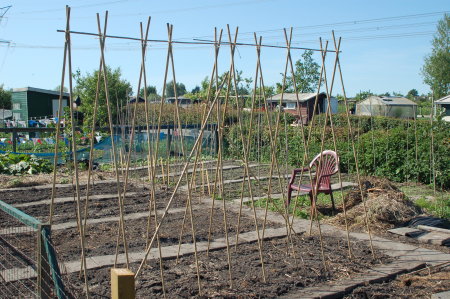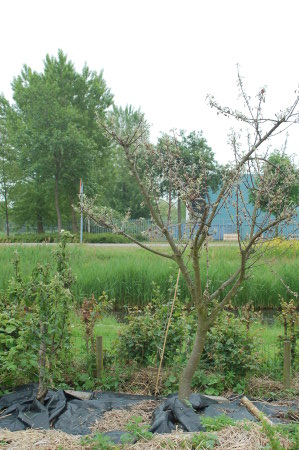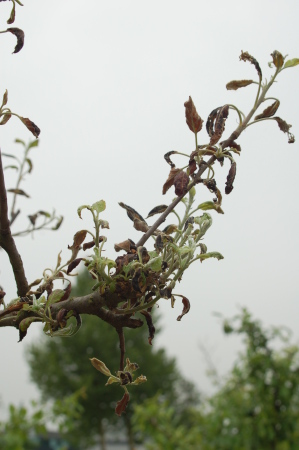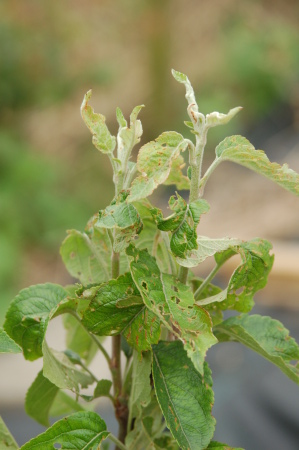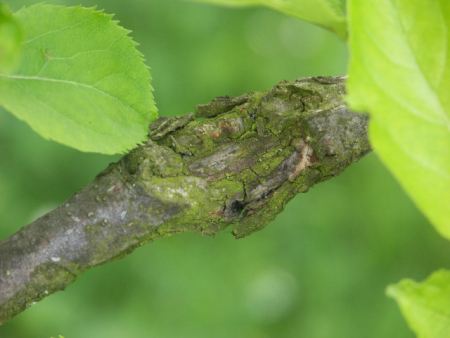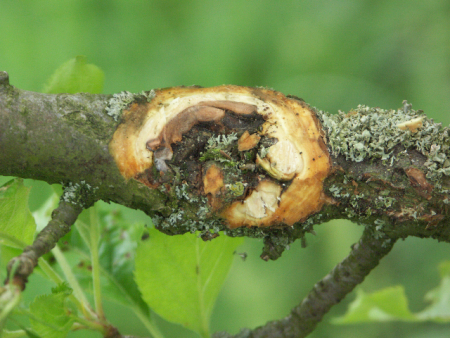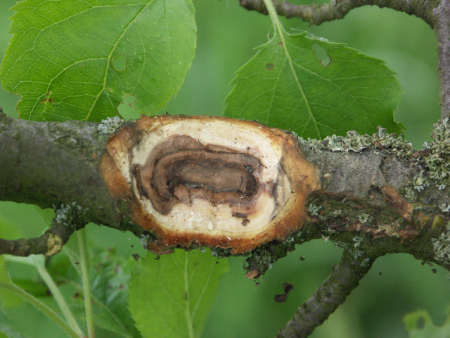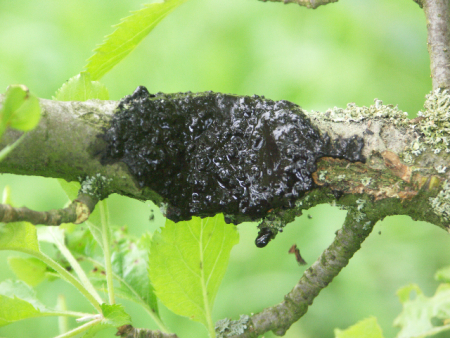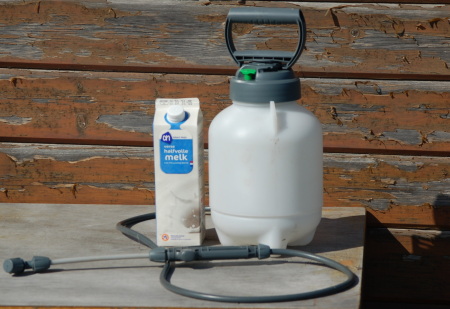
Garlic rust is very much on my mind at the moment. Last year around this time it appeared on my garlic, and it just appeared on Gintoino’s garlic in Portugal.
Søren had a good suggestion last year, spraying his garlic with diluted milk, and I’ve decided to try it this year. I’m mixing it about 1:5 with water, only because it’s most convenient to buy milk by the liter here and that’s what works well to fill my spray bottle and cover the plants. I understand nonfat milk is the best to use, but this is a special purchase here and hard to find reasonably priced, so I’m using lowfat instead. I’ve been doing this once a week for the last two weeks, and will keep doing it about this often or after it rains, until it seems pointless to continue.
There isn’t a practical way for me to do anything close to a scientific study here, with a control section of my garden, because once I have garlic rust anywhere it will spread quickly.
What I understand is garlic rust occurs at a time of high humidity, but not when the plants are wet. In my own experience, I see it break out in my garden most often when the days are warm, the nights cool and the humidity is high. Because it seems to be so tied to weather conditions, it doesn’t seem like comparing the date I got it last year with the date I get it this year is a good comparison.
Anyway, to help me figure out if the milk is helping, I would appreciate if anyone reading this who has garlic in their garden will tell me if and when they get rust this year.
Rust is primarily a European plant disease, so those of you in North America probably won’t see it.
Rust is not usually a deadly disease for garlic, but it does reduce the harvest and causes the plants to die prematurely. Delaying the appearence is what’s really important, because an infection two weeks earlier or later can mean the difference between a more or less normal harvest or one that has to be made early.


